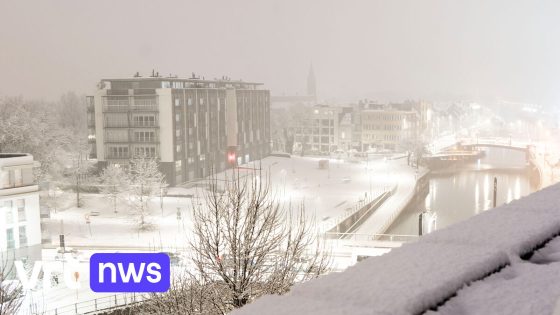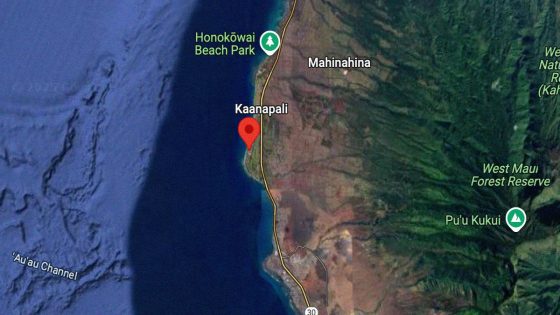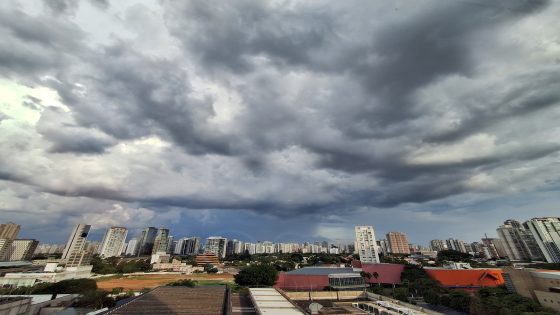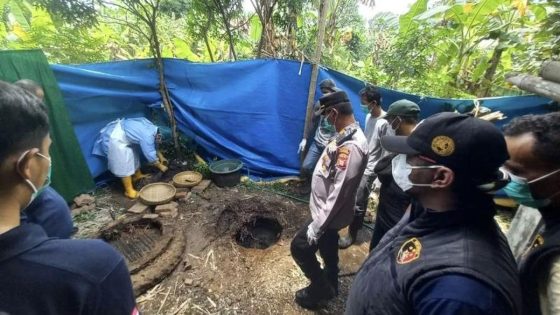On February 11, 2025, Belgium experienced unexpected snowfall that led to slippery conditions on the roads. VRT weather presenter Sabine Hagedoren explained how the snow caused temperatures to drop closer to freezing, resulting in hazardous driving conditions. Could better forecasting have prevented this situation?
- Unexpected colder temperatures caused snow accumulation.
- KMI issued yellow alert for slipperiness.
- Delayed salting due to late warning.
- Snow forecasting is more complex than rain.
- Multiple factors influence snowfall predictions.
Understanding Belgium’s Snowfall Predictions: What Went Wrong?
Why is predicting snowfall so tricky? Unlike rain, which can be more straightforward, snow forecasts involve multiple factors like ground temperature and precipitation levels. This complexity often leads to discrepancies in weather models. How can meteorologists improve their predictions for future events?
The Challenges of Snow Forecasting in Belgium
Snow forecasting poses unique challenges for meteorologists due to various influencing factors. These include:
- Bodily temperature fluctuations
- Environmental temperature changes
- The amount of sunlight received
- The interaction of these elements with precipitation
The Role of Meteorologists in Weather Predictions
Meteorologists play a crucial role in interpreting complex data from weather models. They must analyze conflicting information and use their expertise to provide accurate forecasts. This process is vital for public safety during winter weather events.
How Can Residents Prepare for Unexpected Snowfall?
Residents can take proactive steps to stay safe during unexpected snowfall by:
- Monitoring local weather reports regularly.
- Avoiding unnecessary travel during severe weather.
- Keeps emergency supplies handy in vehicles.
- Understanding how cold temperatures affect road conditions.
The Importance of Timely Warnings and Alerts
Timely warnings are essential for ensuring public safety when winter storms hit. The KMI aims to improve its forecasting methods so residents receive alerts well before adverse conditions arise. What measures could enhance communication between meteorological services and the public?

































